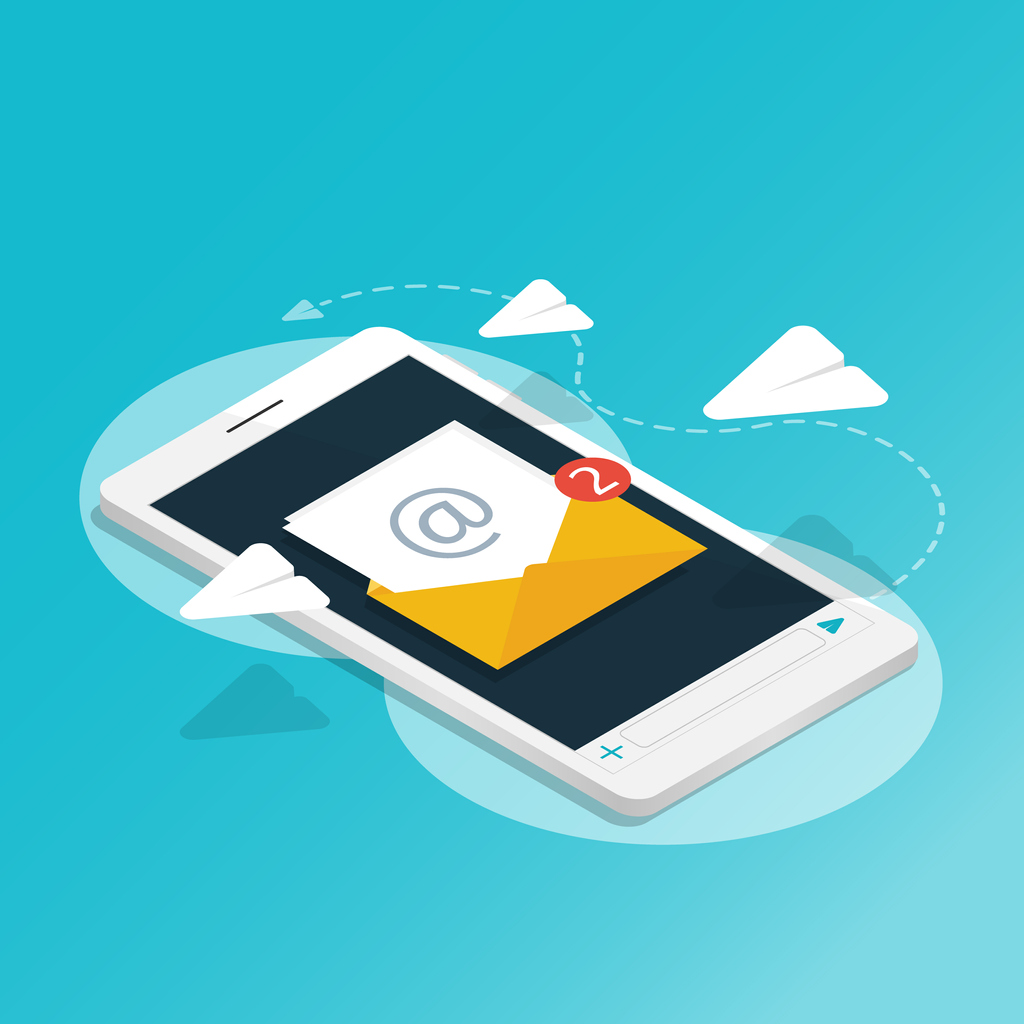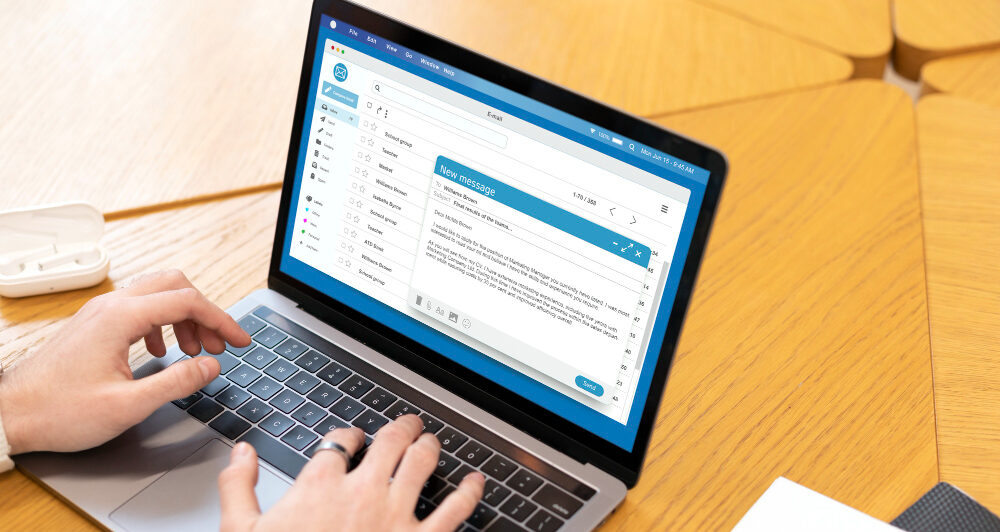4 Must-Have Email Automations to Win eCommerce

eCommerce marketing succeeds based on personalization. If you’re able to speak to your audience as if you’re standing in front of a customer, you’re halfway to a sales conversion. Of course, it’s also impossible to individually email every current and potential customer each time they need to hear from you.
Enter email automations. With the right software, you can leverage customer information to send relevant emails at the right time, with the right content, to maximize your conversion opportunities.
The best part: in eCommerce, automations help you increase revenue while you sleep. A series of emails are fired based on a specific customer action, which can account for around 20% of your store’s sales. As such, they’re a vital part of any modern eCommerce marketing.
Of course, that’s only true as long as you know how to leverage this conversion tactic. With the new year less than two months away this list of automations your online store needs can help you optimize your email marketing efforts and the bottom of your eCommerce funnel.
Automation 1: The Welcome Series
A welcome series triggers as soon as your audience subscribes to your email list. It’s your opportunity to introduce your brand, confirm the opt-in, and maybe even make an initial sales offer.
But be careful. Welcome emails are not the place for a hard sell. Your recipients likely expect a simple confirmation and don’t want to be pushed into a purchasing decision. Yes, you can explain your products and sales, but don’t make everything about that sale in the first email.
Instead, build that relationship. Explain your brand and mission, link to your social media channels, and subtly introduce potential next steps. Personalize the emails with what you know about your recipients, even if it’s just their name, to make them feel welcome.
Automation 2: The Abandoned Cart Series
Too often, visitors shop on your online store and put items in their cart, only to leave without a purchase. In fact, depending on your industry, your cart abandonment rate may range between 67% and 96%. The good news: an abandoned cart is not the end of the world. Sometimes the right automation can save the sale.
This email flow kicks off as soon as users leave a full cart on your store. It typically waits a few days before the first email triggers, gently reminding recipients about the items just waiting to be purchased.
Abandoned cart series are best when they’re clear and straightforward. The first email may be nothing more than a simple reminder that items have been left in the cart. Listing the individual items is a bonus. Subsequent emails may offer social proof of product quality, like a positive testimonial, or a purchase discount to encourage the sale.
Automation 3: The Post-Purchase Series
Whether it happens after an initial abandoned cart or in a more straightforward way, you’ll hopefully get plenty of purchases. But that’s not the end of the automation possibilities. In fact, the impression you make immediately after that purchase can make a significant impact on product satisfaction and brand loyalty.
The post-purchase email flow can include a number of components:
- An immediate purchase confirmation that includes a receipt and shipping details.
- Shipping updates to maximize transparency.
- Onboarding emails that explain the product and its use.
- A prompt to leave a review on your website or third-party eCommerce platforms like Amazon.
- Straightforward customer support information for any questions and concerns your new customers might have.
- Cross-sell opportunities through related or similar products, potentially at a discount.
Each of these messages can be separate emails in well-timed post-purchase automation, providing an equal amount of helpful information and potential next steps in building that relationship with your brand.

Automation 4: The Winback Series
Have you heard about winback emails? They’re messages reaching out to inactive subscribers or previous customers in an effort to re-engage them. Rather than declaring a past subscriber or customer lost, or treating them like any other contact in your database, these messages provide an opportunity for nuanced messaging specifically designed to move them back towards your brand.
The trigger for winback email series is usually a defined period of inactivity, like six months without a purchase, clicking on an email, or visiting your website. Based on that trigger, you can send 2-5 emails that incentivize your audience to come back, either through tangible rewards like discounts or intangible pieces like customer testimonials.
Like your post-purchase email, this automation is also another opportunity to offer help and support where needed. Product tutorials can be helpful, as can a direct link to customer service. Customers who begin to re-engage with your content can automatically drop off the recipient list.
Bonus Email Automations: Sunset Unengaged and Browse Abandonment Series
Experienced eCommerce marketers may look at the above and see email automations already set up in their system. If you count yourself among them, consider these bonus suggestions for email flows that can trigger improved customer engagement and conversions:
- A series to sunset unengaged subscribers, specifically designed to clean your list and avoid wasting time and resources on recipients who won’t respond anyway. The message can be as simple as a clear unsubscribe link, although you can include a final winback attempt in this messaging as well.
- A series to engage browse abandoners. Consider this a cousin of the abandoned cart email, but targeted earlier in the funnel. If your email system is integrated with your website, you can target recipients based on products they’ve viewed on your pages, prompting them to act in your interest and complete the purchase.
Both of these automations are targeted towards more integrated tech stacks and larger email lists. But when you have both in place, each can play a major role in improving your email marketing and automation over time.
Next Step: Use Klaviyo’s Templates to Customize Your Automation Flows
Email automation has been a crucial part of eCommerce marketing for a while now. But it’s become even more vital as online shopping has become more prevalent, with more brands and customers moving into the digital space every month.
eCommerce spending in the U.S. alone will come close to $1 trillion, up almost 18% from last year. In parallel, competition is getting fierce, requiring the comprehensive-yet-personalized approach that email automation can accomplish.
The good news: Klaviyo offers a wide range of email templates that can help you get started. But don’t stop there. If you do, your brand and business will not stand apart from its competition. Instead, use the templates as a starting point to create your own custom emails, personalizing your messaging and brand identity in the process.
You don’t have to do it alone. At Future Holidays, we specialize in helping you build your email campaigns and creative. Contact us to start the conversation.


